
High in the rugged wilderness of Mexico’s Sierra Tarahumara, beyond where most roads reach and even the air feels different, lives a people whose name literally means “those who run fast.” The Rarámuri, often referred to as the Tarahumara, are Indigenous to this land — and they are unlike any runners you’ve ever known.
They don't train in gyms. They don’t wear compression gear or sports watches. They run in thin-soled sandals called *huaraches*, often through rocky terrain, steep cliffs, and searing sun. And they do it for fun, ceremony, and survival — not medals. Some have been known to run over 300 kilometers (nearly 200 miles) in a single session, across canyons, through dust storms, and with almost nothing but cornmeal and water to fuel them.
Running Is Life
For the Rarámuri, running is not sport. It is identity. It’s woven into their language, their rituals, and their sense of community. The word *rarámuri* comes from “rara” (foot) and “muri” (runner), and it’s often said that to be Rarámuri is to be born running.
Children grow up chasing goats on mountainsides. Elders jog through narrow cliff trails to visit neighbors. Community races are common — not as competition, but as a form of social glue. One of the most famous events is rarajípari, a long-distance relay where men kick a small wooden ball across miles of rugged land, often continuing for 24 to 48 hours without pause.
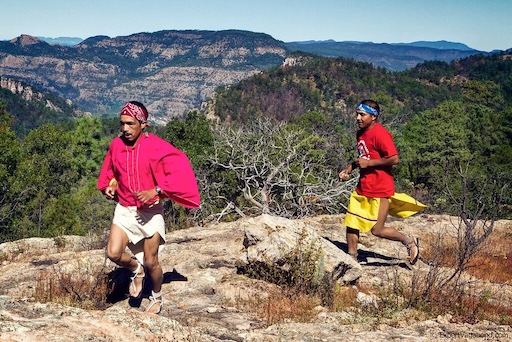
How Do They Do It?
From a modern sports science perspective, the Rarámuri are an anomaly. Despite minimal equipment and virtually no formal training, they outperform many elite endurance athletes. Researchers have long studied their biomechanics, diet, and lifestyle to understand what gives them such incredible stamina.
Part of the secret lies in their natural movement — they run with an upright posture, quick strides, and minimal impact. Their huaraches, made of old tires and leather straps, allow their feet to move freely and naturally. Unlike cushioned shoes that encourage heel striking, Rarámuri runners land mid-foot or forefoot, absorbing shock and saving energy.
Then there's their diet — simple, plant-based, and packed with slow-burning carbohydrates. Staples include corn, beans, squash, and chia seeds mixed in water (*iskate*), which provides sustained hydration and energy.
The Land That Shapes Them
It's impossible to separate the Rarámuri from their landscape. The Copper Canyons (Barrancas del Cobre), deeper and more vast than the Grand Canyon, are both home and training ground. The terrain is harsh: vertical drops, switchback trails, and dry riverbeds. But it also offers isolation and protection. For centuries, the Rarámuri retreated deeper into these canyons to avoid colonization and exploitation, preserving their culture while others disappeared.
To live in this land means to move through it — to run, hike, carry, climb. Over generations, this movement became a way of being. It’s not just about surviving, but thriving in harmony with one of the most demanding environments on Earth.
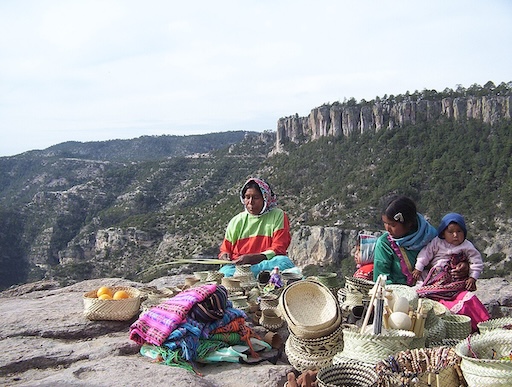
Not Just Fast — Joyful
Perhaps the most magical thing about Rarámuri runners isn’t how far or fast they can go — but how joyfully they do it. They smile. They laugh. They cheer for each other. Running isn't grueling; it's liberating. It’s a dance between the body and the earth, guided by rhythm, breath, and intention.
In their worldview, running can be a spiritual offering, a form of healing, or a connection to ancestors. It's common for runners to carry symbolic items, sing while they run, or pause to honor sacred locations along the trail.
The World Takes Notice
The Rarámuri remained largely unknown to the world until a 2009 book, Born to Run by Christopher McDougall, revealed their extraordinary abilities. Since then, they’ve been invited to races across the globe — from ultramarathons in California to endurance events in Japan. And often, they win — quietly, gracefully, and with minimal fanfare.
Yet most choose to stay home. Fame isn’t the goal. Neither is profit. For the Rarámuri, the path itself matters more than the finish line.
Challenges Ahead
Like many Indigenous groups, the Rarámuri face modern challenges: climate change, land disputes, resource exploitation, and poverty. Their traditional way of life is under threat, and many young people must balance cultural identity with external pressures.
Still, the spirit of the run endures. Grassroots organizations now help preserve their traditions, support community-based tourism, and host local running festivals that spotlight both athleticism and culture.
Chasing Wonder on Foot
If you ever find yourself in Chihuahua’s canyon country and see a figure sprinting effortlessly along a cliffside trail in thin sandals and colorful garments — that’s not a mirage. That’s a Rarámuri, carrying centuries of wisdom with each step, as light and powerful as the wind.
They don’t run for medals. They don’t need tech. They run because it’s who they are. And in a world that often rushes without meaning, their movement reminds us: the most profound journeys don’t always require speed — just rhythm, grace, and connection to the land beneath your feet.
Share this story and inspire others.
Tags: Tarahumara, Rarámuri, ultramarathon, Mexico runners, Copper Canyon, indigenous running, long distance barefoot runners, hidden cultures
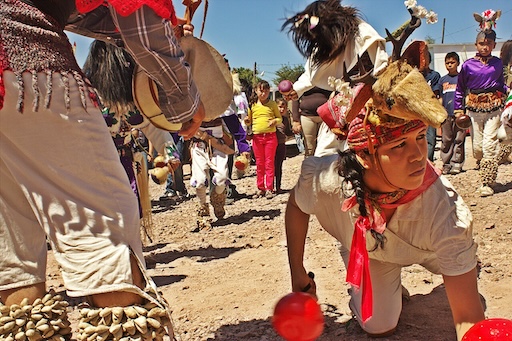 La Danza del Venado – The Sacred Deer Dance of the Yaqui People
La Danza del Venado – The Sacred Deer Dance of the Yaqui People
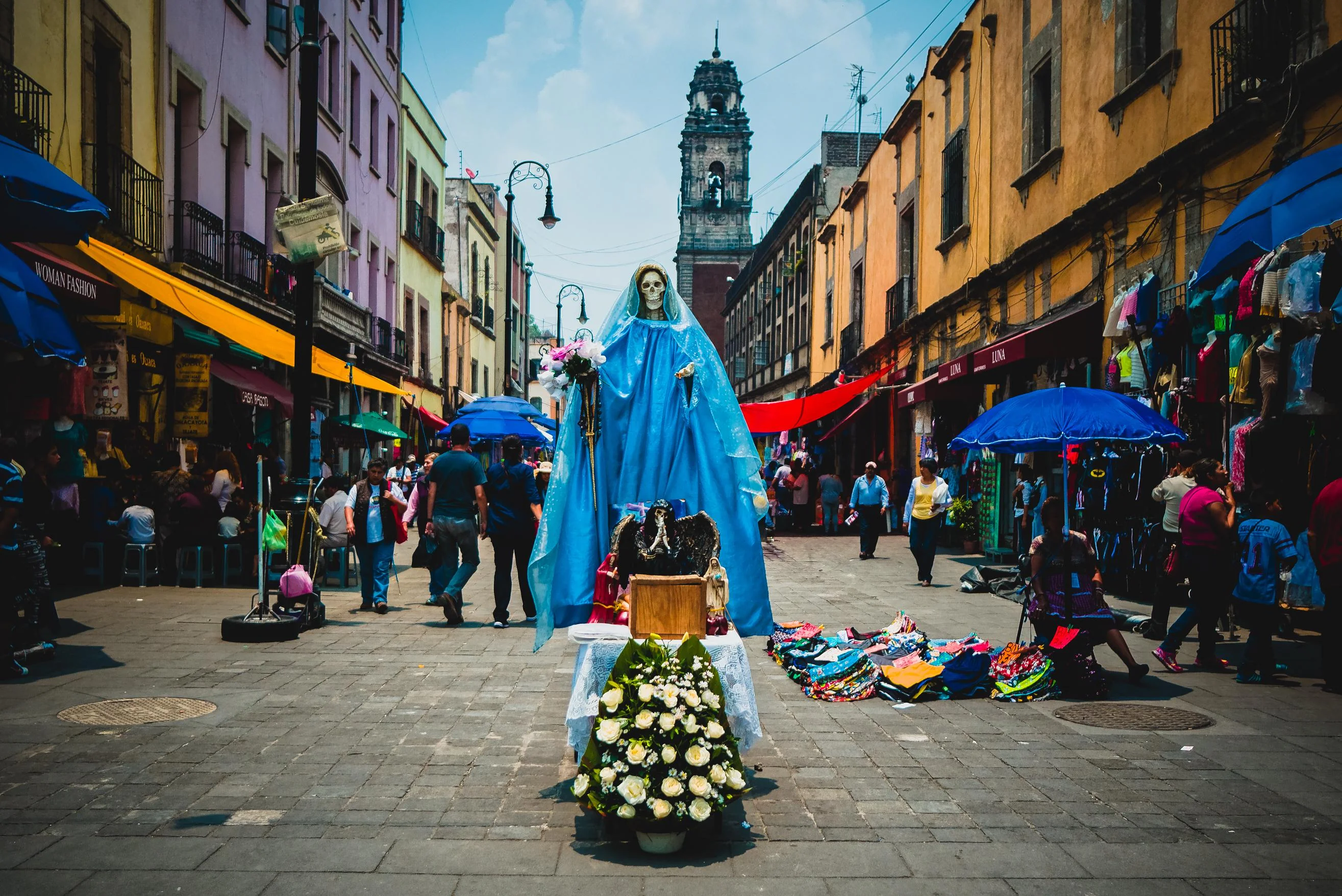 La Santa Muerte – The Controversial Saint of Death
La Santa Muerte – The Controversial Saint of Death
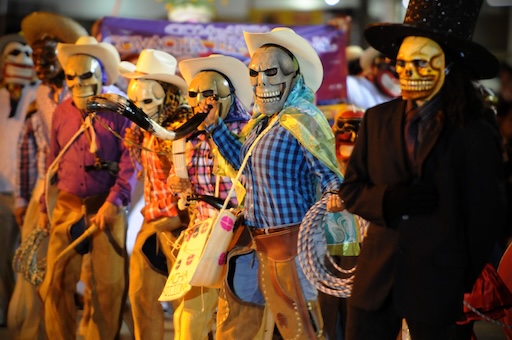 Xantolo – The Huasteca’s Version of Day of the Dead with Masks and Dances
Xantolo – The Huasteca’s Version of Day of the Dead with Masks and Dances
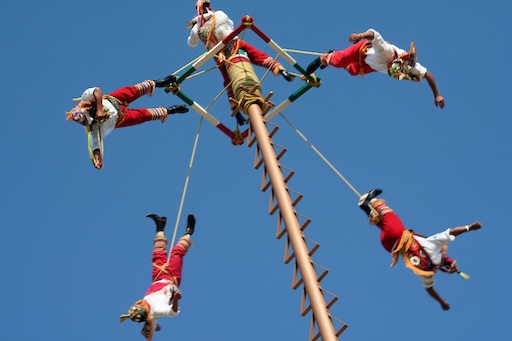 Voladores de Papantla – Men Who Fly from Poles
Voladores de Papantla – Men Who Fly from Poles
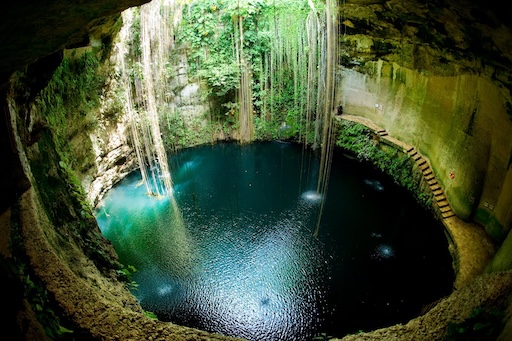 Cenote Sagrado – Sacred Sinkhole of the Maya
Cenote Sagrado – Sacred Sinkhole of the Maya
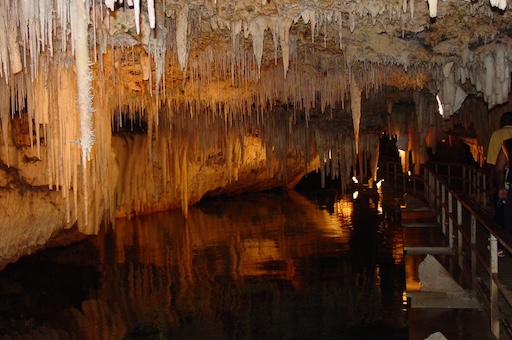 Cueva de los Cristales – Mexico’s Giant Crystal Cave
Cueva de los Cristales – Mexico’s Giant Crystal Cave